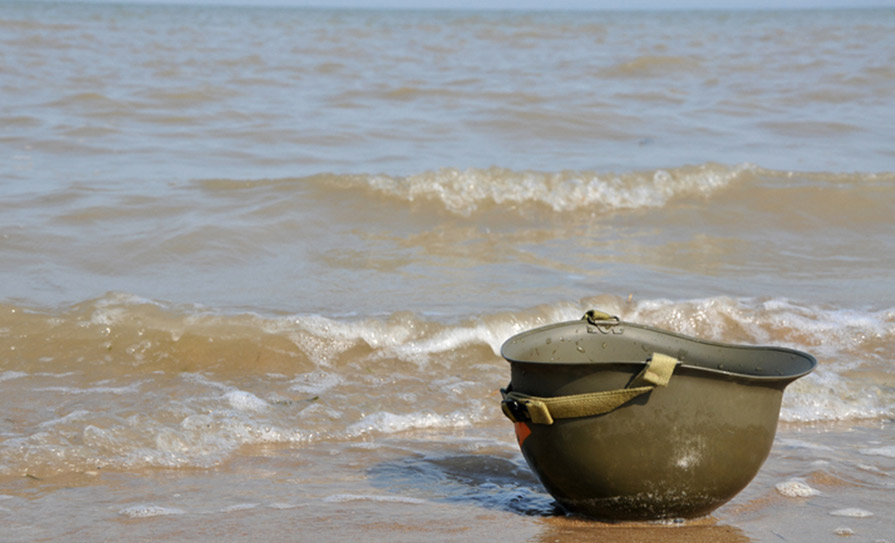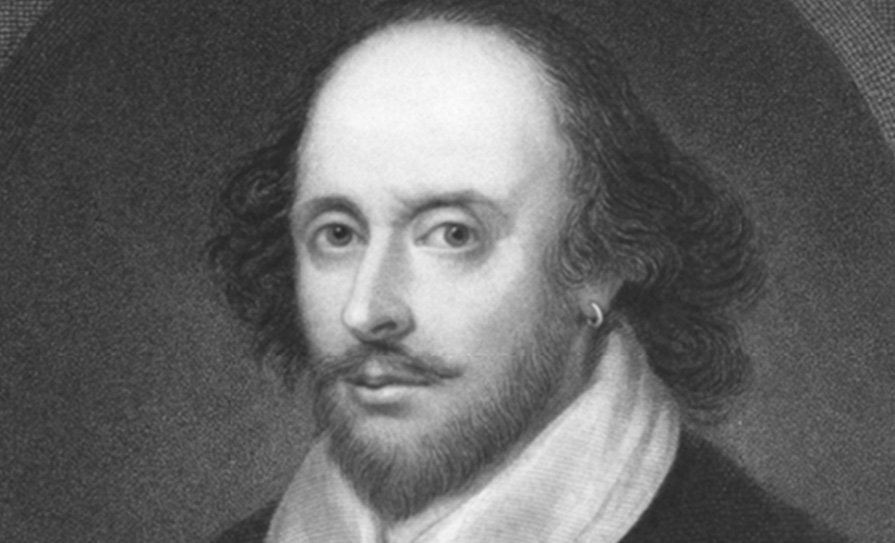The amount of people in the deaf community in Ireland is hard to quantify exactly, but it’s estimated to be around 5,000. This figure does not include people who are hearing-impaired, which increases the number into the hundreds of thousands.
The fact that Irish people with deafness have their own sign language led me to wonder if there is a universal sign language that is recognised worldwide. As someone who has had little interaction with the deaf community, what I found was surprising.
Sign language is far more personalised than one might think, and there is considerable variation in how it is structured and used. Each country (and sometimes within countries) has its own version of sign language; dialects, if you will.
People with deafness also often have their own unique sign to denote their name, a nickname of sorts, that can be communicated in a single unique gesture. Different sign languages also have their own grammar structure and often involve body language, gestures, and facial expressions, such as the UK system.
It’s more common than ever to see sign language interpreters accompany politicians, law enforcement, weather forecasters, and everybody else in between when they make an announcement. But sometimes, this can go sideways.
Cast your mind back to 2013 and the controversy over an interpreter who appeared to a worldwide audience during a Nelson Mandela memorial service. Many deaf onlookers were surprised when the sign language interpreter at the event appeared to be signing ‘gibberish’ as he relayed speeches by Barack Obama, among others. They complained that he did not know basic signs, such as ‘thank you’ and even ‘Mandela’.
After the event, the interpreter said he was hearing voices and hallucinating, which he said affected his performance. He said he was receiving treatment for schizophrenia.
Others pointed out that there are 11 official languages in South Africa, each of which needs its own signing interpretation. A government Minister commented at the time: “He was not able to translate from English to Xhosa to sign language. He started well and then in the middle he got tired and lost concentration. That did not mean he is a bad sign language interpreter.”
The fact that sign language exists at all is an odyssey in itself. For that, we partly have Pedro Ponce de León, a 16th Century Spanish Benedictine monk, to thank. He developed a type of sign language to help communicate with other monks during their daily periods of silence.
Was that cheating? I’ll leave it up to you to decide, but based on these experiences in the monastery, he developed a sign language designed for people with deafness to use, which has led us to where we are today.
The World Health Organisation (WHO) World report on hearing (2021) states access to communication through sign language learning provides a much needed stimulus for facilitating the timely development of infants with deafness.
Early access to sign language is beneficial for many infants and children with deafness including those “who do not have access to hearing care services and hearing technology”, according to the report.
When access to these is limited, the use of sign language can ensure cognitive development and facilitate communication. It also enables children to gain education through sign language and helps with their socio-emotional development.
It is also beneficial for those who live in environments with access to hearing technology and speech learning.
“While taking steps to ensure that a child develops spoken language skills, learning sign language ensures that infants do not face any delay in language acquisition,” the report states.
“Given the far-reaching consequences of linguistic deprivation in early childhood, it is essential to address this at the earliest stage possible. Sign language provides that possibility.”
The WHO estimates that around 450 million people worldwide have disabling hearing loss, while 1.5 billion live with some kind of hearing loss.
A universal, worldwide system of sign language would be desirable, one would imagine. It could take a long time, but it could remove language barriers for a lot of people.













Leave a Reply
You must be logged in to post a comment.